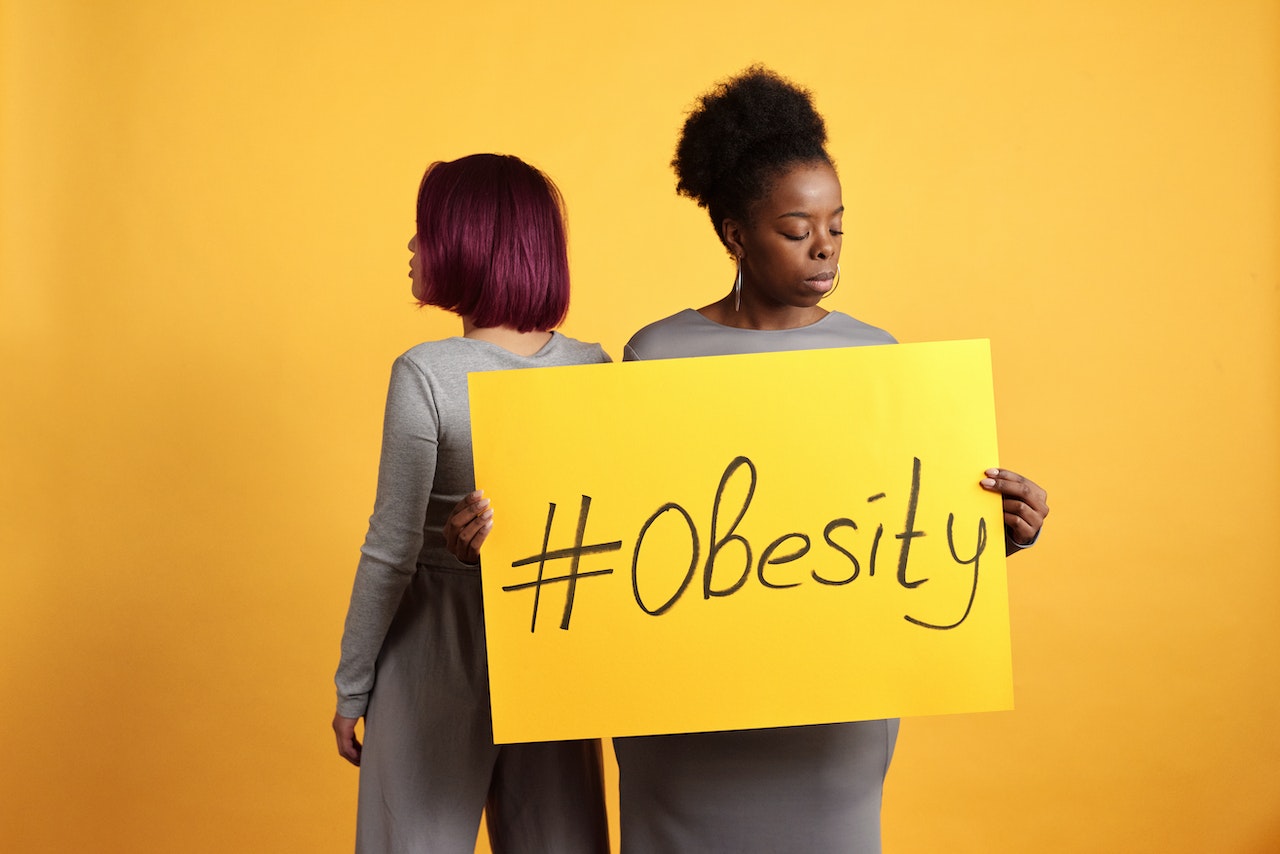
Now, to throw some fat into the fire. How does this writer begin to discuss a topic that has no real historical basis? He can start by realizing that although obesity was not termed a morbid disease until the late 20th century and an epidemic until the beginning of the 21st, it did bear some social significance even in the Middle Ages[1]. Those warring, disease-infested, witch-hunting ancestors in Europe had an opinion on something as mundane as body fat. Let’s take a look at the history of obesity.
The ancient opinion of obesity, like many other issues and standards of past and present, had varying perspectives and judgments. These were subject to social class and sex. For example, the more desirable body type in the Roman Empire was an athletic and lithe build[2], more soldierly in appearance and disposition. The higher social cadres were perceived as highly moral if they possessed the ability to procure feasts of the highest calibre but the self-restraint to eat just enough to survive.[3]
This was mainly due to the warring nature of ancient Romans and their need always to be battle-ready. Hence, it seems that the same military discipline that dictated the lifestyle of soldiers of the Empire also bled itself into the eating habits of its upper class. However- in less ancient Europe, the perception of gluttony seemed to slide onto the scale of acceptance. One could find more prodigious eaters of the Carolingians (7th century France) viewed as noble members of society. Then arose a plethora of “big kings” in every definition of the expression. Some monarchs were famous for their very spherical waistlines. For example, Charlemagne, George IV of England – the fattest monarch in known history,[4] William the Conqueror- who couldn’t fit into his casket [5].
However, among lower-class citizens, the verdict on plus-sized bodies dictated that wealthy individuals “wear their prosperity.” This indicated the ability to procure good food- and therefore eat accordingly.
Women were considered desirable if they were more robust, with rounded hips, shapely breasts, and a butt to match. Our ancestors were just as appreciative of the bigger things as their shameless descendants of today. Certain traditional customs in countries like Mauritania, Fiji, South Africa, Tahiti, etc. forced(s) girls to fatten up for marriage. This practice was to make them more desirable for marriage, a practice called “leblouh” [6][7]
In Egypt, there is not so much a record of obesity as there is evidence that it existed – within the royal family. Archaeological evidence proves that the Pharaohs were grossly overweight. Different cultures viewed excess- and the attitude toward it in different ways.
The old European verdict on obesity was that it made individuals “unbeautiful and morally decadent.” This led these morbidly rotund individuals to resort to some drastic methods to appear otherwise. One of the more physical methods employed was strapping of the bodice and gut to give a stouter appearance. However, some of them could not be less concerned about appearance and were quick to extol their virtue(s) when called out on their excesses.[8] Medically-minded individuals during Hippocrates’ time recommended hard exercise, dieting, and warm baths. Physicians also used more chemical methods- herbal emetics and purgatives have been employed since the times of ancient Egypt.
Modern perceptions of obesity, its causes, prevention, and treatments have become more of a medical issue. It is now less of a social one. Since its recognition as a malady in 1998, there has been a statistical mission to identify obese individuals in countries. So far, an estimated 8-22.1% of adults in Nigeria are classified as obese[9]. That number jacks up to about 26.2%[10] in South Africa, 28.0% in the UK [11], and 42.4% in the US[12]. That doesn’t, however, eliminate the social perception of overweight individuals. Instead, it reinforces it- medical knowledge indirectly labels obese individuals as undesirable and subjects them to social rebuke. In loosely knit societies such as schools and very tightly knit ones- immediate and occasionally extended family environs.
Such treatment has led to a social uprising calling for the social acceptance of “plus-sized” people. This, in turn, has led to various opinions as to whether such a cause should be taken seriously or not. Regardless of whether one is ‘fat-shaming or genuinely concerned, medicine proves that overweight- and more likely obese- people are more prone to many diseases. This includes diabetes, hypertension, embolisms, and stroke.


In conclusion, looking at ancient perceptions of various social issues that still prevail today- obesity being one of them- surprises this writer very little that human nature has changed little over the ages. Most of the judgments and prejudices towards those of more robust likeness- barring the 7th-14th centuries- remain the same. The difference is that nowadays, medical research supports such views. Another unsurprising fact is this; no matter how old, no matter the timeline or age of existence, no matter the social class or cadre, nothing turns a man’s eyes more convincingly than an endowed woman.



Leave a Reply